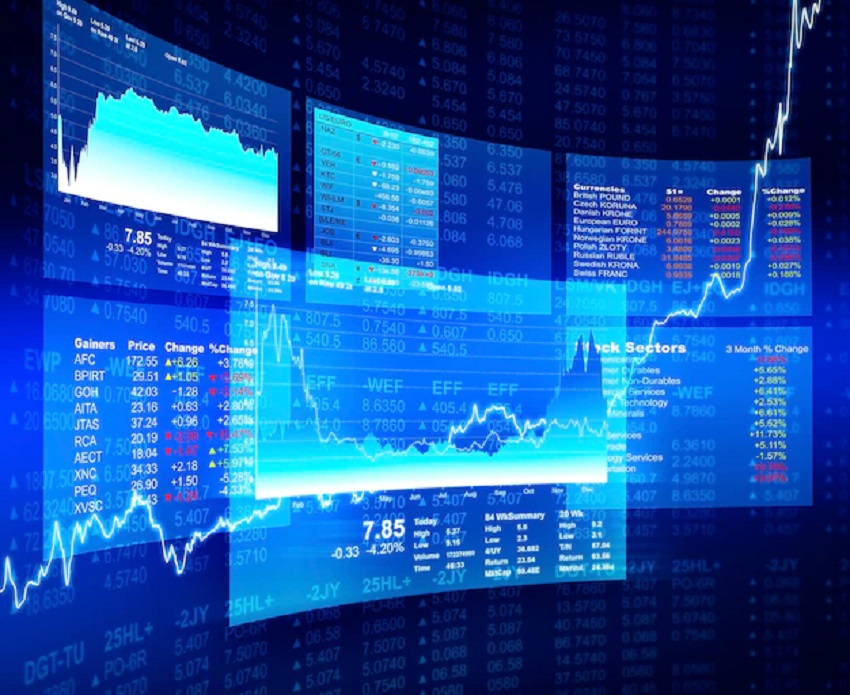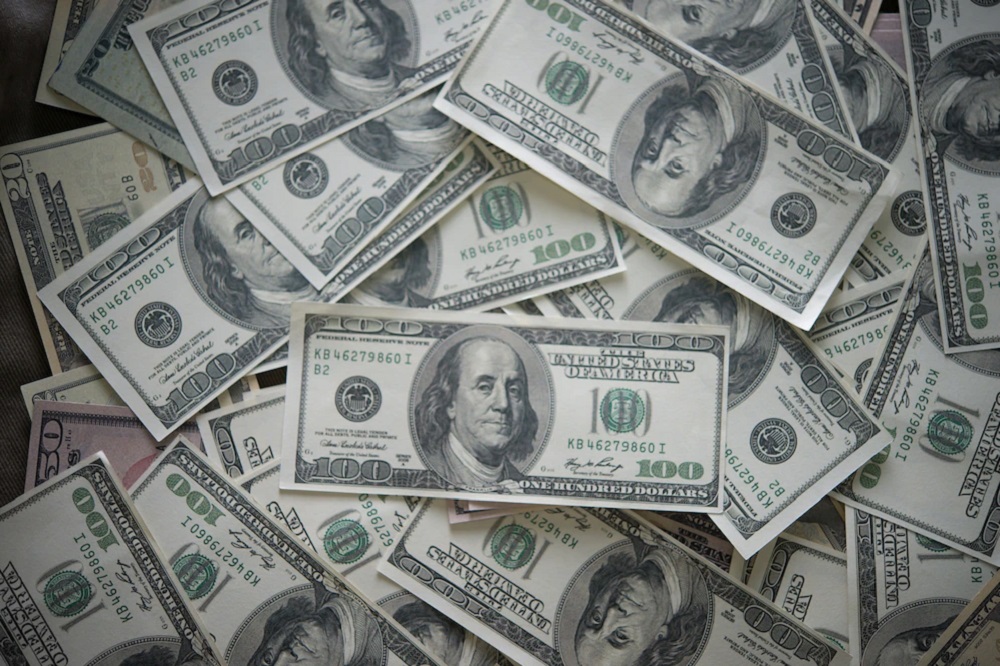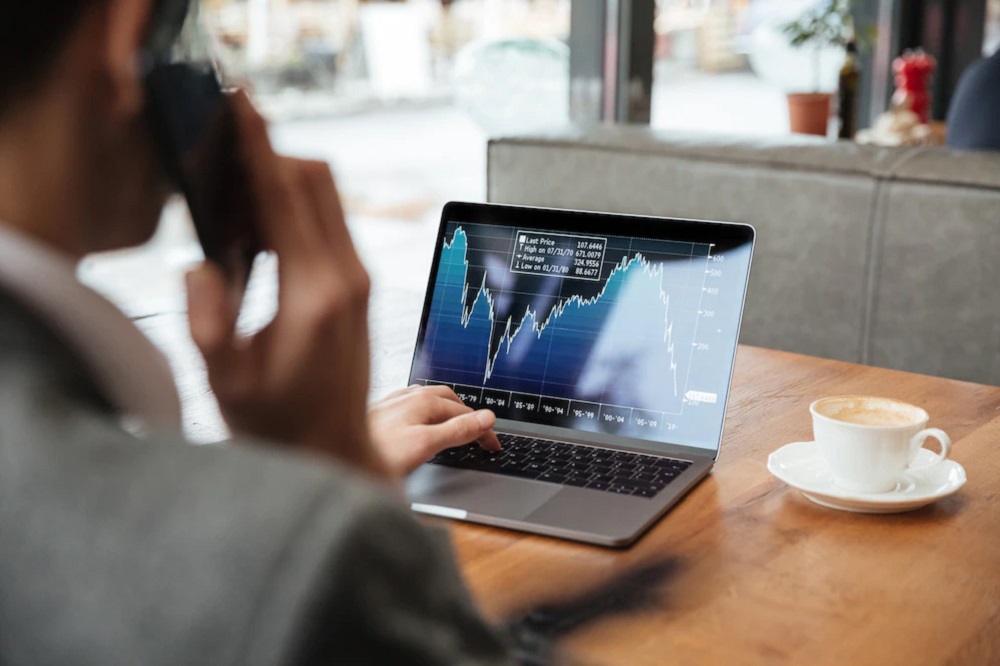Banks and sustainable investment funds in 2023 – new world, new posibilities, new risks
«Fragile and unstable » – this is the global environment in which banks will have to operate in 2023, according to the recent forecast of Deloitte. The report recommends that financial institutions review their core products, services and industries to look for new sources of value. Do they have any other choice? not really, to be entirely transparent. The storm those institutions are suffering from, would be the trigger for 3.0 and 4.0 faces they will present to the world.
“Despite the fact that most banks are in a stable position, Russia’s invasion of Ukraine, the ongoing turmoil in the supply chain and in the eĸnpeĸty, persistent inflation and monetary tightening will be felt unevenly across the industry.” Deloitte stresses, predicting a “new economic order” around the world, caused by geopolitical processes, deglobalisation and the fragmentation of payment systems.
In parallel, one major antidote to the general uncertainty clearly emerges in the future – the implementation of innovative technological solutions in all banking activities.
A different environment
Retail banking will have to cope with higher prices, inflation and lower growth at least in the near future, as clients expect an expansion of the scope of banking services to include those not traditionally associated with the tourism industry such as hotel or travel bookings.
The authors of the paper point out that digital payments need to be accelerated and transformed, and that digital identity needs to be developed as a long-term guarantee against fraud.
Analysts caution that higher interest rates may increase net interest margins for capital portfolios, inflation, the melt-down of people’s savings and a potential overall financial slowdown are capable of significantly reducing profitability. In addition, banks may and very likely will find themselves forced to raise deposit rates.
Despite a loyal client base, commercial banks are likely to face a fierce competition, to gain a larger share of corporate clients’ wallets. These require digital, data-rich solutions and personalized advice. It will likely require also that banks differentiate themselves with a new model for serving clients.
In the spheres of transactional and investment banking, it is absolutely predictable that digitalisation and development of technology platforms that can provide large volumes of information at any given time, will become increasingly important. Easy piece.
In addition to analytical purposes, technology in the banking industry should also be penetrated through innovations such as cloud-based platforms, carbon trading platforms, tokenisation of financial assets and implementation of some of the achievements in the crypto area.
Only then they will be able to open up new sources of value beyond their traditional areas of work. “Some banks have started this journey, but many may fall behind,” Deloitte warns.
The U.S. dollar continues to suffer from a general decline in risk appetite at global markets, due to growing fears of recession in the United States and globally.
Inflation will deplete the financial reserves of americans and could lead to a recession around the middle of next year, the JP Morgan Chase & Co. advised last week.
Innovation is the key
Goldman Sachs estimates a 35% chance that the Fed will be able to achieve a significant slowdown in U.S. inflation without causing a recession in the economy. “At the same time, we have a reasonable assumption that we will increasingly see a recession in one form or another,” GS executives were quoted by The Wall Street Journal.
How would this situation impact the investment funds and namely the stars of the business, ESG funds? Many sustainable funds have underperformed this year, as they have been hit by exposure to technology and other sectors under the pressure of rising interest rates. Resilient american funds declined on average by 19.8% to 31st october, running behind the S&P 500 index by roughly a percent.
One distinguishing feature is emerging: elsewhere in the market, value is overcoming growth. And size does not seem to matter: small, medium and large-cap sustainable value funds are largely beating their growth-oriented peers. And this will be a tendency in 2023 too.
Sustainable funds invest in companies that earn high performance on ecological, social, and governance measures, or ESG. Seven of the top ten ESG funds in the U.S. this year are highly valuable funds, according to Morningstar Dіrесt.
The last ten funds, based on their performance, until 31st October, are growth funds. The shift in performance reflects trends in the broader extent, where value is outperforming growth by one of the largest margins in years.
Growth funds are among the worst-performing ones
The S&P 500 Value Index is down by just 4.7% this year against a 26% decline for the S&P 500 Growth Index. Many ESG funds are suffering from under-exposure to traditional energy, the best performer this year in the broader index, up 63%.
ESG funds’ mandates often place restrictions on energy investment, excluding oil and gas producers due to their role in carbon emissions. Wind and solar energy are the preferred energy sources in the ESG space.
This type of investment schemes was also undermined due to the exposure to technologies – a traditional favourite in ESG. To a larger extent, the sector is happened to be minimally responsible for carbon emissions. Whether the latter is true or not, technology is the worst performing sector with a 26% decline in the first 10 months of 2022.
“It was a double whammy,” says Hortense Bioy, global director of sustainability research at Morningstar, referring to the blows from the energy and technology sectors. A large difference is present in the performance and separates the best and worst performing ESG funds this year.
According to Morningstar Direct the two groups of best and worst-performing ESG equity funds in 2022 are as follows:
The 10 best-performing funds:
Вауwооd Ѕосіаllу Rеѕроnѕіblе / ВVЅІХ
Соlumbіа U.Ѕ. ЕЅG Еquіtу Іnсоmе ЕТF / ЕЅGЅ
Меѕіrоw Ѕmаll Соmраnу Ѕuѕtаіnаbіlіtу / МЅVІХ
Соhо Rеlаtіvе Vаluе ЕЅG / СЕЅGХ
Воѕtоn Тruѕt Wаldеn Ѕmаll Сар / ВОЅОХ
DFА U.Ѕ. Ѕuѕtаіnаbіlіtу Таrgеtеd Vаluе Роrtfоlіо /DААВХ
Quаntіfіеd Соmmоn Grоund / QСGDХ
Рrахіѕ Vаluе Іndех / МVІАХ
Gоthаm ЕЅG Lаrgе Vаluе / GЕЅGХ
ВlасkRосk Ѕuѕtаіnаblе U.Ѕ. Vаluе Еquіtу / ВЅVКХ
The 10 worst-performing funds:
ВlасkRосk Ѕuѕtаіnаblе U.Ѕ. Grоwth Еquіtу / ВЅGКХ
Раrnаѕѕuѕ Міd Сар Grоwth / РАRNХ
Сrоmwеll Тrаn Ѕuѕtаіnаblе Fосuѕ / LІМІХ
Nuvееn Wіnѕlоw Lаrgе-Сар Grоwth ЕЅG ЕТF /NWLG
Рutnаm Ѕuѕtаіnаblе Futurе / РМVАХ
Nuvееn Wіnѕlоw Lаrgе-Сар Grоwth ЕЅG / NVLІХ
Еvеntіdе Gіlеаd / ЕТGLХ
Вrоwn Аdvіѕоrу Ѕuѕtаіnаblе Grоwth / ВАFWХ
СlеаrВrіdgе Lаrgе Сар Grоwth ЕЅG / LRGЕ
Nuvееn ЕЅG Міd-Сар Grоwth ЕТF / NUМG
So, how did the top performers come out ahead? Partly by avoiding technology, sticking to selected energy industries and old-fashioned stock picking. Remember Baуwооd SосiаllуRеѕроnѕіblе, a small fund with only 8 million dollars in assets. A fund that banks call « tiny » and 95% of them would decline the project if its promoter knocks on their door. That’s a pure business development failure if a bank pushes back such a fund.
The latter ranks as the best performer among the stable of emerging market funds this year. Managed by San Francisco-based SKVA Sarital Mаnаgеmеnt, which has 1 billion dollars in assets under management, the fund is down just 2.5% by 31st August this year.
“We’re always looking for companies that are unfairly beaten down,” says Josh Rothe, the fund’s manager. This year, eight of Baywvood’s 10 largest portfolio lines beat the market. Its largest one, Atlas (ATSO), owns two businesses: one operates container carriers, the other builds power stations.
Both segments have performed well amid rising transport and energy prices, boosting the equity profits. The company accepted a private placement offer at 15.50 dollars per share in November. Texas Raffiic Lаnd (TRL) is an even bigger winner by consolidating this offer.
The company owns 880,000 acres of land in the energy, sun, and wind-rich Permian Basin in Texas, including permanent rights to energy produced on that territory. The land has become more desirable and appetizing, as companies seek to leverage their production in the low-cost West Texas region.
As a conlusion, we can strongly foreseen a correlated future for banks and funds, globally speaking, as ones can hardly exist without the others and vice versa. Economists say that when the U.S. sneeze, Europe gets sick. Hopefully this is not what we should expect in 2023, as a resilient economy and milestones have to be reached and consolidated.
Ivaylo Markov, Managing Partner of Thales Capital












